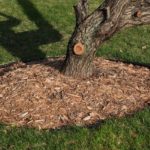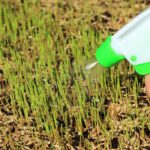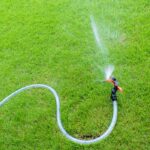Watering your trees may not be at the top of your list of gardening to-dos, and rightfully so. Many trees are quite drought tolerant and can go for long periods without supplemental watering. Nevertheless, there are times when your trees need a little extra hydration. Here’s a beginner’s guide to watering trees.
Mature trees require little supplemental watering since they have deep roots that reach underground moisture. However, young trees and trees experiencing droughts or heatwaves may need more water. The best way to water trees is slow, deep irrigation at the base and in the area beneath the branches.
Mature trees aren’t fussy about water; most can take what nature throws at them. But several other varieties prefer or require more water than others. This can get more complicated when you live in an arid climate. So, let’s take a look at different methods of watering trees and when to use them.
How Often Should You Water Trees?
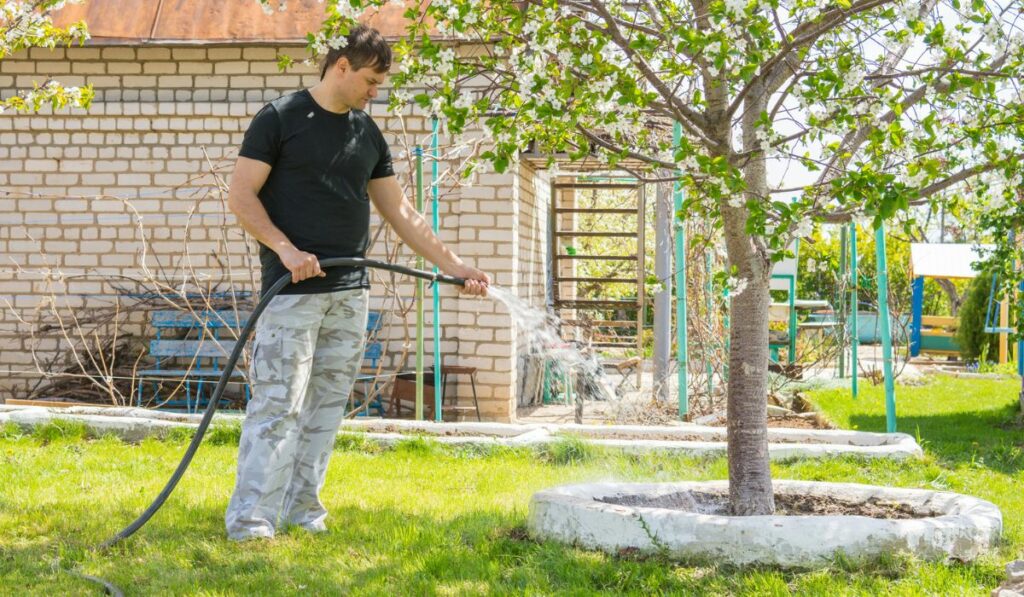
For most trees, the answer is: not that often. Trees have extensive root systems and can access water deep in the ground. They are also very efficient at using the water they do take up. So, unless you’re in a hot and dry climate or experiencing an extended period of drought, your trees will likely be just fine without supplemental watering.
If you think your tree needs water, check the soil before you start watering. The best way to do this is to dig a small hole (about 6 inches) near the trunk of the tree and take a look at the soil. If it’s dry until about 6 inches down, your tree needs water.
However, there are a few exceptions to this rule. Young trees, newly planted trees, and trees with shallow root systems will need more frequent watering. So do some research on the specific tree species you’re growing and adjust your watering schedule accordingly.
Watering Young Trees vs. Established Trees
Mature trees spend years in the same place, developing an extensive root system that extends far beyond the reach of their branches. This allows them to access water and nutrients deep in the ground, making them much more drought tolerant than young trees.
On the other hand, young trees rely on the top layer of soil for water and nutrients, which can quickly dry out in hot weather, leaving them vulnerable to drought stress. In addition, trees transferred from pots have compact ball roots that need time to grow and spread out.
So, the young trees need more frequent watering than the established trees for at least three years. The younger the tree, the more water it will need: every other day for the first year, every week for the second, and every two weeks for the third. After that, you can water your trees once a month or so.
Are There Different Ways to Water Trees?
The key to watering trees is to do it slowly and deeply. This allows the water to seep into the soil and reach the tree’s root system more effectively. Also, ensure you water the entire area inside the drip line (the area under the tree’s branches), as tree roots usually extend well past the trunk. There are several ways to do this:
Use a Soaker Hose
A soaker hose (on Amazon) is a garden hose with small holes punched along its length. You can lay the hose on the ground under the tree’s drip line, turn it on, and let it run for several hours. This will cover the entire root zone with water, allowing it to seep down to the roots.
Use a Normal Hose
If you don’t have a soaker hose, you can use a regular garden hose (on Amazon). Set the tap to half-open and let the water trickle out slowly. Then place the hose on the ground and let it run for an hour or two. Check the ground around the tree periodically and move the hose as needed to make sure the entire root zone is getting wet.
Use a Tree Watering Bag
If you don’t have access to a hose, you can use a tree watering bag (on Amazon). Tree watering bags are large bags that you fill with water and place around the tree’s trunk. They have a long spout that allows you to direct the water flow and an easy-to-use shut-off valve.
Use a Bucket
Poke a hole in the base of a bucket, then temporarily close it with tape. Fill the bucket with water and place it next to the tree. Remove the tape and let the water drain out slowly. You may need to do this several times, given the size of the tree and the bucket.
Use a Sprinkler
Sprinklers are not ideal for watering trees as they often don’t apply enough water to the root zone. But you may be able to use a sprinkler if you direct it towards the ground and run it for a long time (several hours).
Can Trees Be Overwatered?
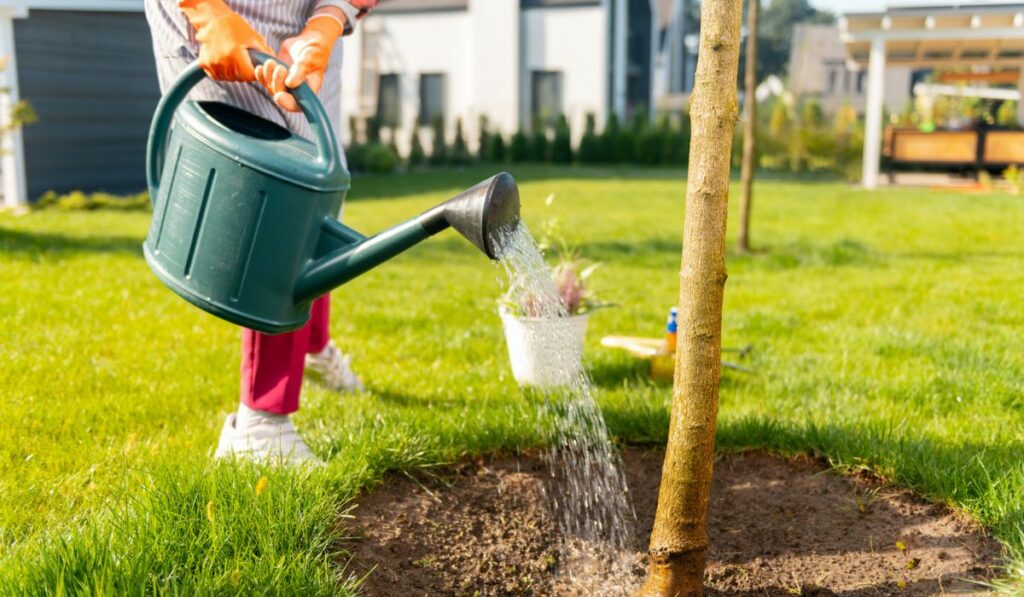
Yes, just like any other plant, trees can be overwatered. This usually happens when the soil is too compact and doesn’t allow water to drain properly. As a result, the air pockets in the soil fill up with water, and the roots start to suffocate.
Another important factor is the type of tree. Some trees, like oak, can grow without any supplement watering. So if you water it often, it may do more harm than good.
Symptoms of overwatering include yellow or wilted leaves, stunted growth, and leaf drop. If you think your tree is being overwatered, check the soil around it. If it’s soggy or waterlogged, you need to cut back on watering.



